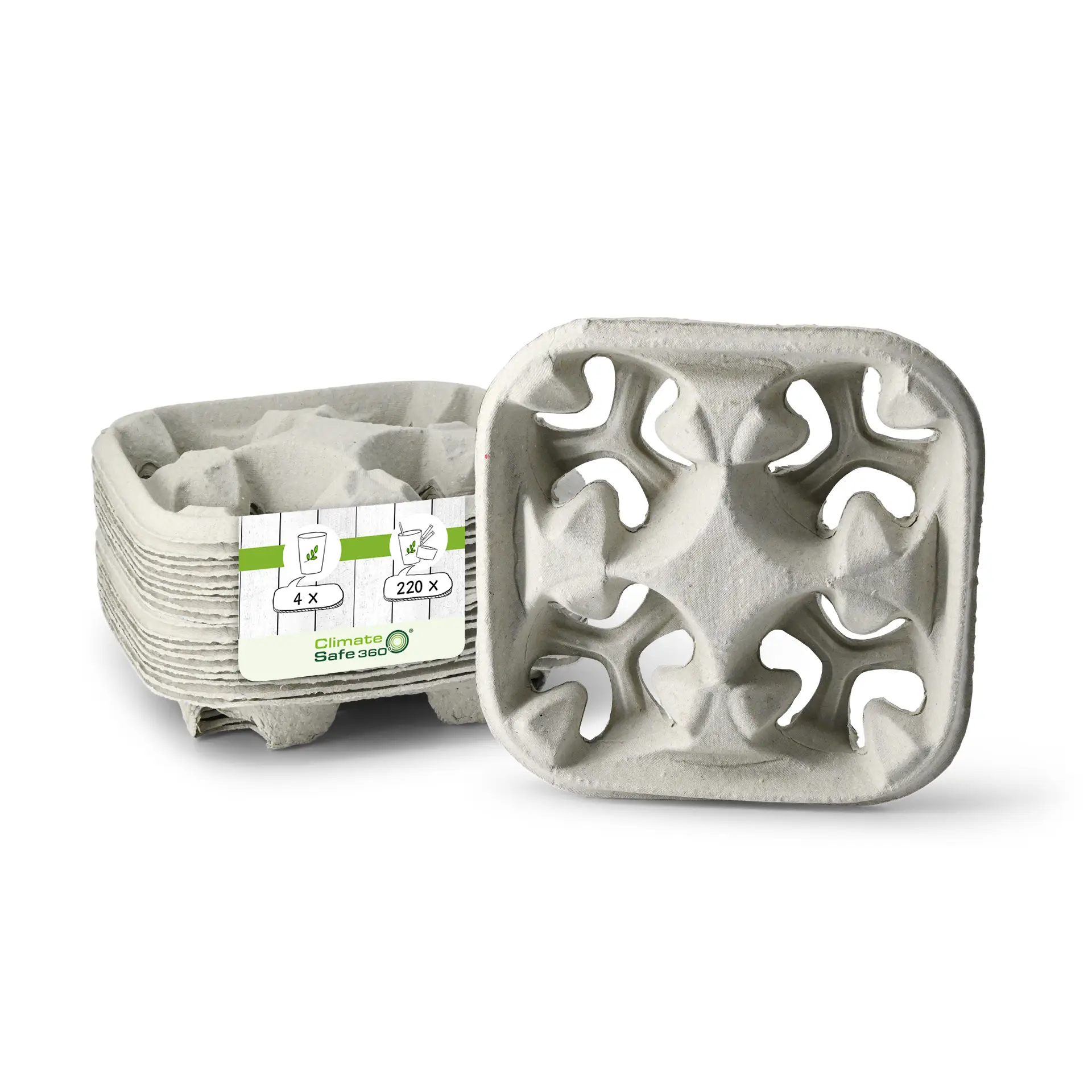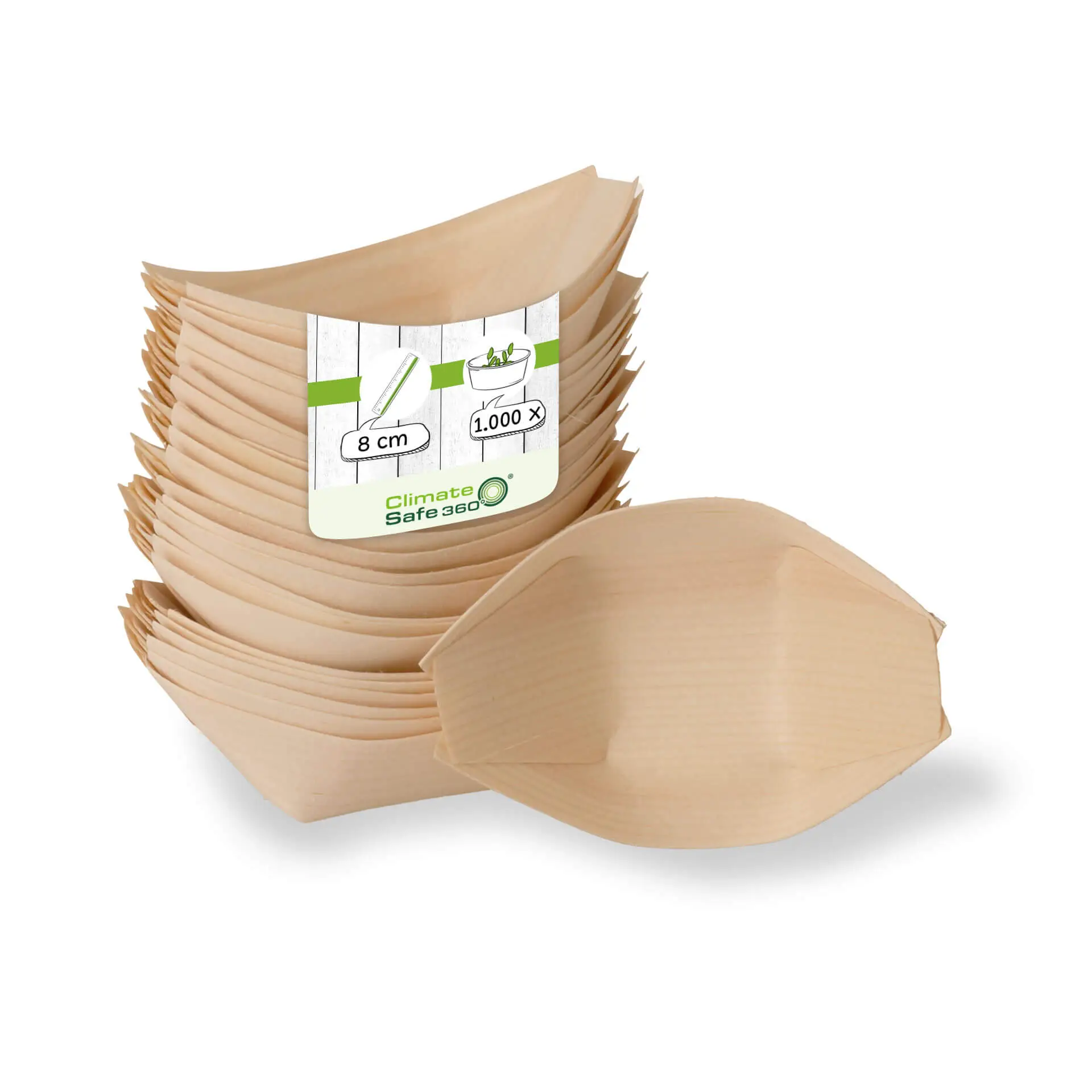Why should I look for a sustainable seal / label?
According to the Federal Forest Inventory, around 11.4 million hectares in Germany are forest land - i.e. slightly less than a third of Germany consists of forest. What may sound like a lot is rather small in relation to the former forest stock. In addition, German forests have suffered from severe drought in recent years. Too little water made many trees vulnerable to the bark beetle. Before these trees decay, they are therefore felled and used as raw material.
Between economic interests, typical tree diseases, pests, weather conditions (storms or drought), it must be ensured that as many young trees can grow back as trees fall ill or are felled.
Figures from the Federal Ministry of Food and Agriculture from 2013 fortunately show that in Germany more trees grow back (122 million cubic metres per year) than are felled (76 million cubic metres per year).
Unfortunately, however, this is not the case in all countries. In general, land is increasingly cleared for raw material and agricultural use. Although there are global projects to restore deforested and eroded areas such as the "Bonn Challenge" - these cannot change much about this negative trend, despite political support. In times of resource scarcity, it is therefore increasingly important to know where the raw materials come from and whether substitutes are being created for them.
We want to be transparent for you and have therefore marked all products that originate from sustainable forestry with an icon. These icons indicate that the manufacturers of the products have an FSC® seal, PEFC® seal or comparable seal.

























